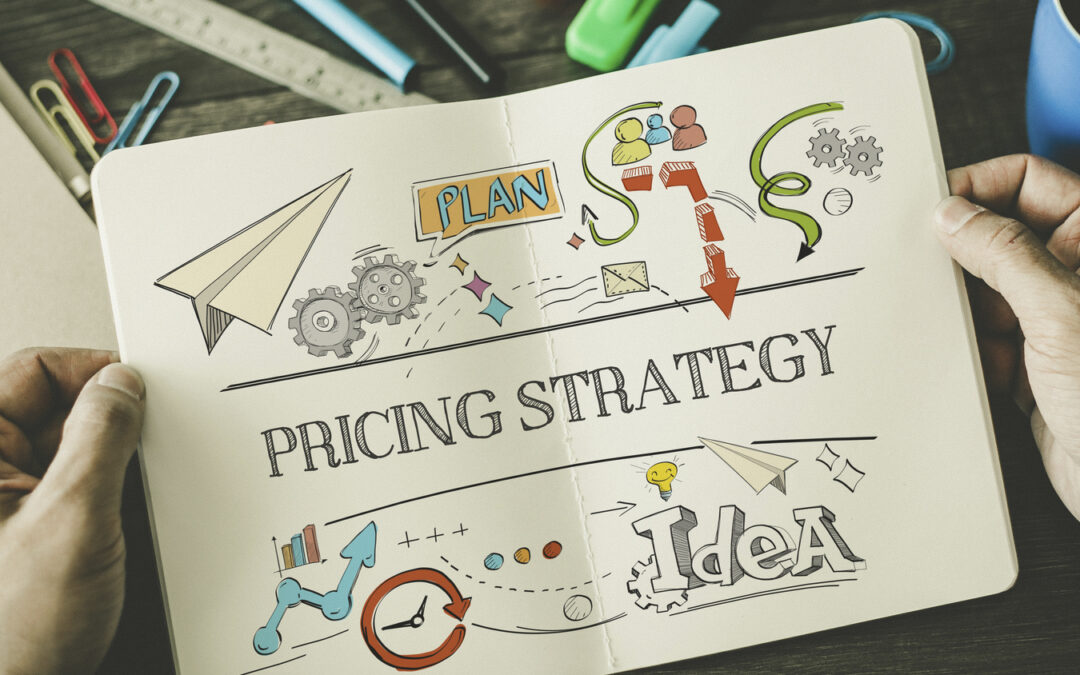Airline pricing strategies are complex and dynamic, influenced by a variety of factors such as demand, competition, operational costs, and historical customer behavior. Airlines employ several pricing strategies to optimize revenue and stay competitive in the industry.
Some common airline pricing strategies
Yield Management: Yield management is a strategy where airlines optimize revenue by managing the allocation of their finite capacity. This involves adjusting prices dynamically to balance demand and capacity, ensuring that the most profitable mix of passengers is accommodated on each flight.
Segmentation: Airlines segment their market based on factors such as class of service, time of booking, and flexibility of travel dates. This enables them to offer different prices to different customer segments. For example, business travelers might pay higher prices for the flexibility of last-minute changes, while leisure travelers may receive discounts for booking well in advance.
Bundling and Unbundling: Airlines often use bundling strategies, combining services like baggage, seat selection, and meals into a single package at a discounted price. Conversely, some airlines employ unbundling, offering a base fare and charging additional fees for services that were traditionally included, allowing passengers to choose and pay only for the services they need.
Discounting and Promotions: Airlines frequently offer discounts and promotions to stimulate demand during specific periods, such as off-peak seasons or to celebrate special occasions. These promotions may include limited-time sales, discounted group fares, or loyalty program benefits.
Competitive Pricing: Airlines closely monitor the pricing strategies of their competitors and adjust their own prices to remain competitive. This can involve matching or undercutting competitors’ fares to attract price-sensitive customers.
Seasonal Pricing: Airlines adjust their prices based on seasonal demand fluctuations. For example, ticket prices might be higher during peak travel seasons or holidays, while lower prices are offered during off-peak periods to stimulate demand.
These strategies are often combined and adjusted based on real-time market conditions, making airline pricing a dynamic and data-driven process. Airlines continually analyze and refine their pricing strategies to optimize revenue and adapt to changes in the competitive landscape.
How you might use dynamic pricing in your business model
What do you hope to achieve with dynamic pricing? Is it to increase revenue, optimize inventory, or cater to different customer segments? Knowing your goals will help you determine the best approach.
- Establish clear guidelines for how prices will be adjusted.
This could involve setting price ranges, thresholds for demand shifts, or algorithms to automate price changes. - Leverage data and analytics.
Data is key to successful dynamic pricing. Use sales data, customer behavior patterns, and competitor insights to inform your pricing decisions. - Be transparent with customers.
Clearly communicate how your pricing works. Customers appreciate understanding when and why prices might change. - Monitor and adapt.
Dynamic pricing is an ongoing process. Regularly monitor its effectiveness and adjust as needed based on market conditions and customer feedback.
Remember, dynamic pricing can be a powerful tool, but it’s crucial to implement it strategically and with customer satisfaction in mind.

